
X:ANIME-ASEAN 2 Marginal Sequences: Gotot Prakosa Retrospective and Contemporary Animations from Indonesia
12works47min + lecture70min
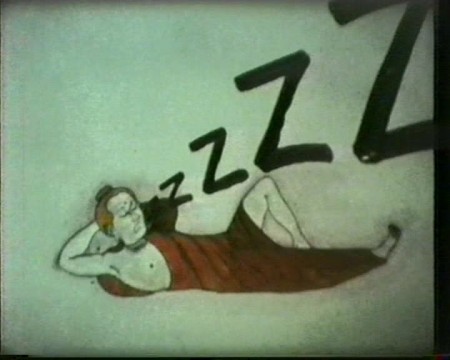
ABSOLUT ZEN
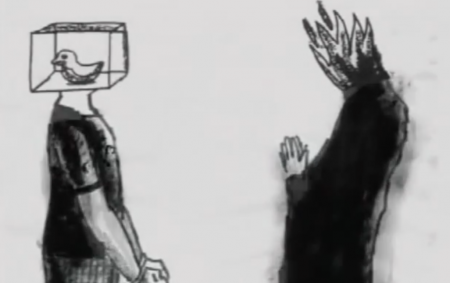
BERCEROBONG (LIKE A CHIMNEY)
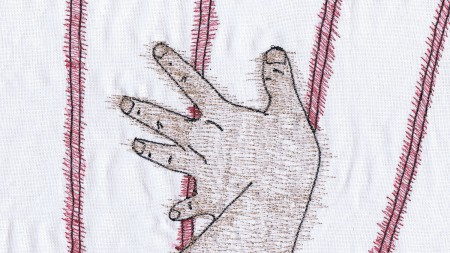
BORDERLESS
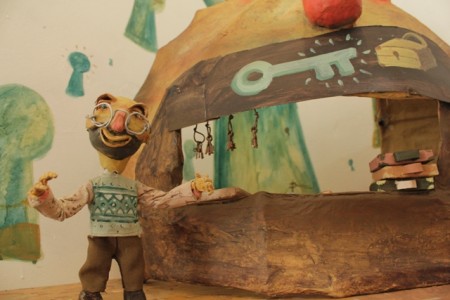
UNLOCK
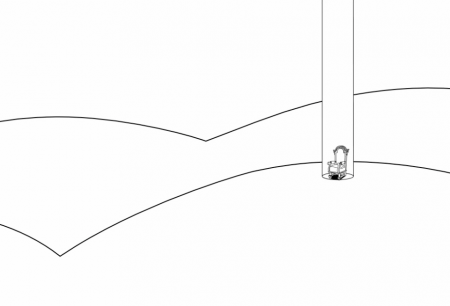
PRET
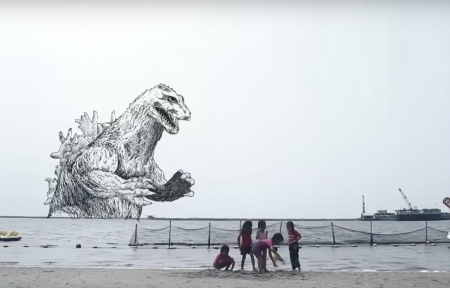
PANDAI BESI – HUJAN JANGAN MARAH
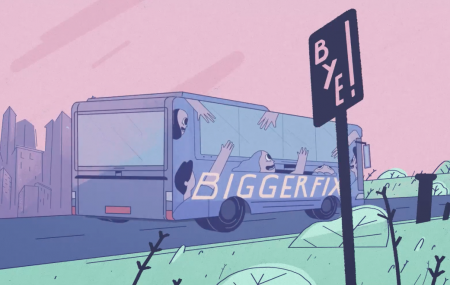
THE CHOSEN GENERATION
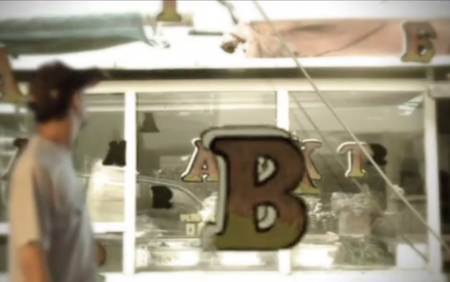
Iqra
Margin Without Center
The late Gotot Prakosa coined the term “marginalized“ films in the 80s as a label to identify film works that were not circulated in the mainstream of Indonesian cinema. At a glance this term encompasses mostly films with shorter-than-feature duration and were shot in 16 or 8 mm format of celluloid. As the major cinema and distribution regulation didn’t allow these kinds of works to share screen and space, the filmmakers then generated their own presentation outlets. Surprisingly, these filmmakers didn’t really feel like being marginalized, as they didn’t compete for the same market. For them, “marginalized” is merely a label. These filmmakers‘ works and their alternative cinemas are actually a negotiation for the recognition of film, that was solely based only on production technical consensus agreed by film (and material) industry, cinema market, and government regulation.This movement later also affected how “marginalized” films speak. Linear narrative was not the only language of choice for their films, as they didn’t have any industrial or institutional burden. But what made Gotot became a key figure of that generation was his ability to go far beyond this practice. Among his experimental films, his milestones are actually his animation shorts. He animated shapes, lines, and color to find furthest possibility in reconstructing reality. But to tell him as an animation filmmaker is something that Gotot himself refused.To watch all the works by Gatot Prakosa, one cannot really tell if he has handwriting. In a Q&A session after his film performance in 2003, Gotot admitted that his animation works are his attempt to liberate film from the rigid elements of cinema. Even without actors, mise en scene, or dramaturgi, he insisted that a sequence of light and sound projection still have cinematic presence in a black box.Two decades after Gotot pioneered the utilization of animation in the Indonesian experimental film production, another contemporary animation practice emerged from the Indonesian milleneals. They got their path paved by democratization of digital technology and film references in the third world country pirated market. For this younger generation, presentation outlet and recognition for a film work are no longer issue. There are too many niche markets to dominate.But, is there really any domination of established animation form in Indonesia?To define what a mainstream of nowadays Indonesian-animation is, we cannot really use the same (industrial) benchmark as in the States, West Europe, or Japan (and the rest of east Asia). Commercially produced Indonesian animation films are even still far from kitsch of popular channel. But to find where most of the Indonesian animation films are circulated and presented, one must go to the festivals. In a nutshell, animation festivals are market oriented pitching celebrations where animation share screen and stages with comic, games, and cosplay. This expansion aims to attract wider audiences (and sponsors). Nevertheless, if festivals functions as a market gate, most target market still hasn’t seen Indonesian animation works really passed the industry and establish a mainstream.Names like Eko Nugroho, Tromarama, Nastasha Abigail, and Wulang Sunu, are nowhere to be found in the modern animation scene above (read: festivals). This does make sense since they mostly neither are animator nor regularly make animation works. In the regular basis most of them are puppeteer, musician, illustrator, or media artist. They employ moving image as an extension of their aesthetic practice. As for the presentation outlets, they are more fluids with the channel. Works from Eko and Tromarama are presented more in white cube instead of cinema, while work by Nastasha Abigail and Ariel Victor take advantage from the viral and online platform.Their works don‘t share same visual custom or narrating tradition what most of Indonesian animators usually practice. They don’t pursue what industrial commercial channels and screen standardize. The main reason they can belong to the term once coined by Gotot, is because they are out of the radar of the Indonesian animation major constellation.There is actually one thing Gotot Prakosa and these younger millennial have something in common; their animation works are never really marginalized by the mainstream animation. They are either marginalized by the cinema in general, or marginalized by the animation mainstream that is not established yet.
Rizki Lazuardi
This program is supported by Lab Laba Laba
ABSOLUT ZEN Gotot Prakosa / 1983 / 16mm (digital screening) / 10min. (Indonesia)
Non KB Gotot Prakosa / 1978 / 16mm (digital screening) / 2min. (Indonesia)
SELF PORTRAIT Gotot Prakosa / 1982 / 16mm (digital screening) / 3min. (Indonesia)
BEGAWAN CIPTONING Gotot Prakosa / 1976 – 2008 / 16mm (digital screening) / 5min. (Indonesia)
KUBIS (FOR PHILIP GLASS) Gotot Prakosa / 1978 / 16mm (digital screening) / 3min. (Indonesia)
BERCEROBONG (LIKE A CHIMNEY) Eko Nugroho / 2002 / digital / 2min. (Indonesia)
BORDERLESS Tromarama / 2010 / digital / 2min. (Indonesia)
UNLOCK Wulang Sunu / 2012 / digital / 5min. (Indonesia)
PRET Firman Widyasmara / 2014 / digital / 4min. (Indonesia)
PANDAI BESI – HUJAN JANGAN MARAH Nastasha Abigail / 2016 / digital / 4min. (Indonesia)
THE CHOSEN GENERATION Ariel Victor / 2016 / digital / 4min. (Indonesia)
IQRA Ari Satria Darma / 2005 / digital / 3min. (Indonesia)
Program curated by Rizki Lazuardi (Artist, Member of Lab Laba Laba)






